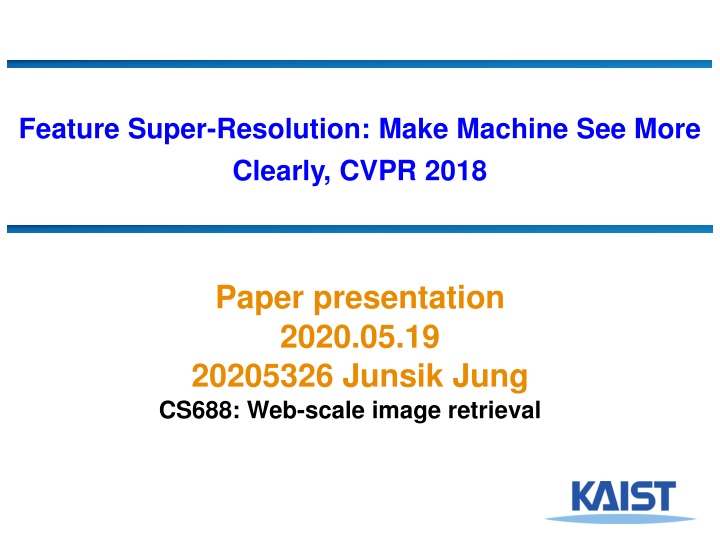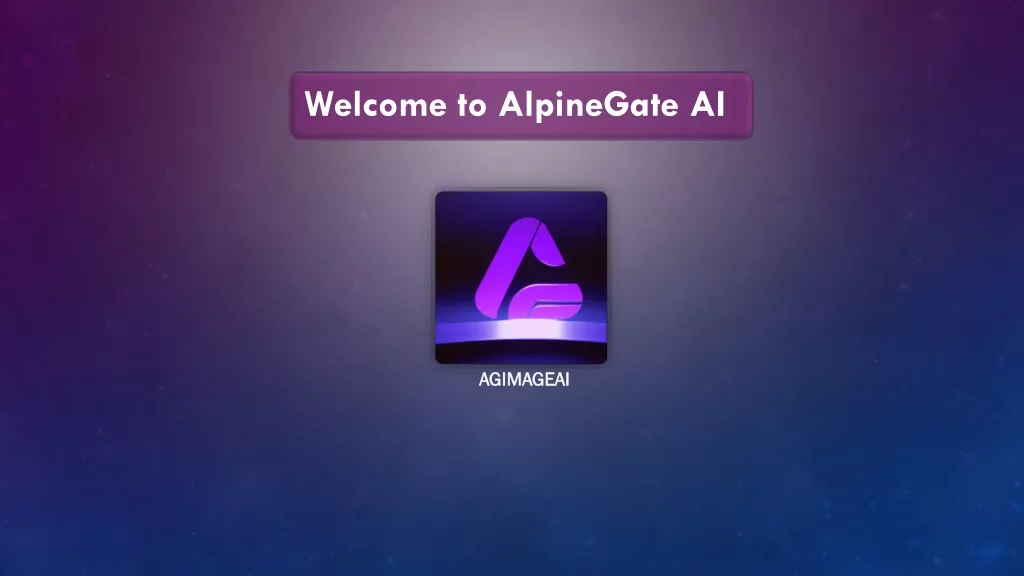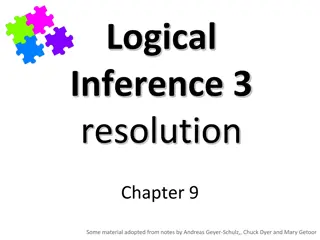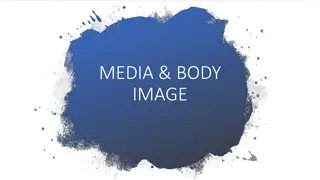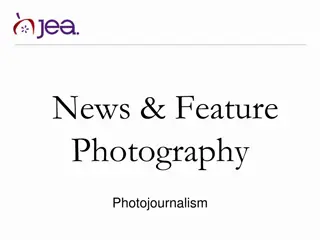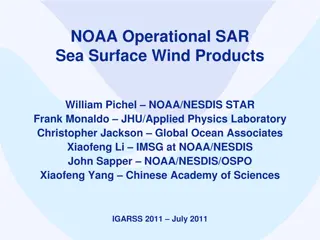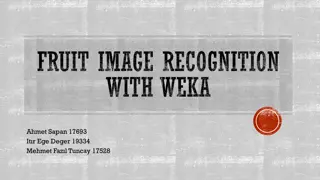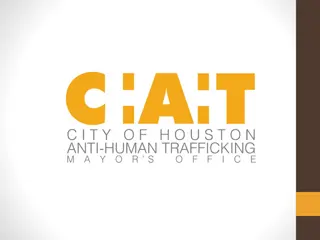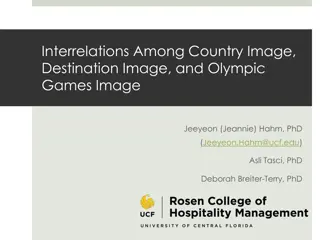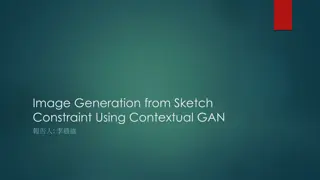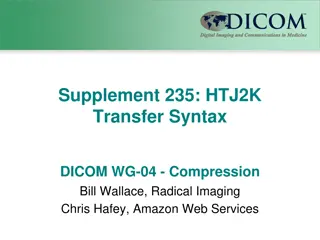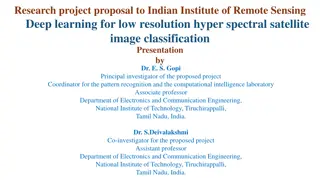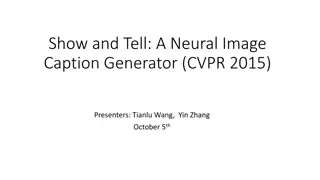Enhancing Image Clarity with Feature Super-Resolution
This presentation explores Feature Super-Resolution (FSR), a novel technique to improve image quality by enhancing low-resolution images to high-resolution for machine recognition precision. Discover the impact, challenges, related works, and the proposed FSR-GAN method for generating super representations.
Download Presentation

Please find below an Image/Link to download the presentation.
The content on the website is provided AS IS for your information and personal use only. It may not be sold, licensed, or shared on other websites without obtaining consent from the author.If you encounter any issues during the download, it is possible that the publisher has removed the file from their server.
You are allowed to download the files provided on this website for personal or commercial use, subject to the condition that they are used lawfully. All files are the property of their respective owners.
The content on the website is provided AS IS for your information and personal use only. It may not be sold, licensed, or shared on other websites without obtaining consent from the author.
E N D
Presentation Transcript
Feature Super-Resolution: Make Machine See More Clearly, CVPR 2018 Paper presentation 2020.05.19 20205326 Junsik Jung CS688: Web-scale image retrieval
Table of Contents Problems Related Works Proposed Method FSR-GAN Experimental Results Conclusion 2
Problems Impact of different low-resolutions on deep representations The feature distance between low-resolution images and high-resolution ones is greater than the distance of similar images. 3
Problems Solution: Feature Super Resolution (FSR) A novel super-resolution technique 4
Problem The point is It aims to enhance the discriminatory power of a given representation (extracted from low- resolution images or small objects) in order to providing high recognition precision for machine. 5
Related Works Image Super Resolution It estimates a high-resolution image from low- resolution images. It tries to increase the discriminative ability of representation from low-resolution images by applying enhancement in pixel space. In this paper, SRCNN and VDSR are used for comparison. 6
Related Works Generative Adversarial Network G captures the data distribution. D estimates the probability that a sample came from the training data rather than G. 7
Proposed Method Proposed FSR-GAN It consists three blocks, i.e., general feature extraction model, feature generative network, and feature discriminative network. 8
Proposed Method General feature extraction model Where ? denotes the general feature extraction model (pretrained VGG16, in this paper). 9
Proposed Method Feature Generative Network (G) Goal: train G that learns to transfer the poor representations of low-resolution images to super representations similar to those of high- resolution images. Focal loss for training G 10
Proposed Method Focal loss? Original GAN loss Problem: the better the discriminator, the more serious the generator gradient disappears As a result, the generator can no longer generate better samples! 11
Proposed Method Wasserstein GAN (WGAN) loss Loss function of WGAN is formulated as measuring the Wasserstein distance between ??,?? Addressed and solved imbalance D(x) and G(z) training problem. 12
Proposed Method Adding MSE It has been demonstrated that adding a stronger constraint (MSE, in this case) to the generative network, it can help guide G to converge better. Above equation does not take into account the imbalance of examples with different down sampling scales 13
Proposed Method Focal loss They propose a new focal loss for representation enhancement The larger the value of ?, the greater the weight of hard examples. ? is empirically set to 2. 14
Experimental results Dataset Oxford5k dataset It consists of 5,062 images and 55 query images (11 landmarks). This dataset is collected by searching Flickr. Holidays dataset It contains 1,491 images, 500 queries, and 991 corresponding relevant images. Paris dataset It consists of 6,412 images with particular Paris landmarks. Similar to Oxford5K, it contains 55 query images. 15
Experimental results Network Architectures A large kernel in the first convolution layer is employed to fully exploit the latent information in the input representations. 16
Experimental results Parameter Settings Loss functions Adam optimizer with an initial learning rate of 0.0008 for G and D. The parameter ? of focal loss is set to 2. Typically, the FSR-GAN takes 6 epochs for training, and is capable of producing high- discriminative features. 17
Experimental results Comparison of Euclidean distance. SRCNN and VDSR only obtain good performance at relatively large size image, e.g., 1/4 scale. However, FSR-GAN approach shows its effectiveness even the images are down-scaled to 1/64. 18
Experimental results Application on image retrieval task. As we can observe ,even when the query images have been down- sampled to 1/64, FSR approach achieves considerable retrieval accuracy and outperforms other methods. 19
Conclusion Low-resolution images not only impact the extracted deep features, but also seriously decrease the retrieval accuracy. Experimental results suggest that FSR-GAN approach is an effective solution for enhancing deep features. 20
